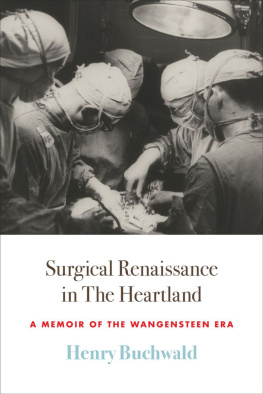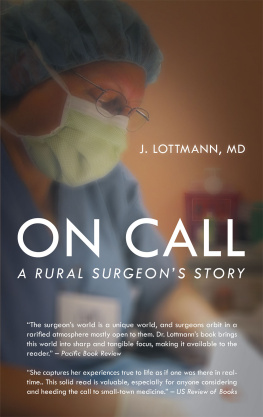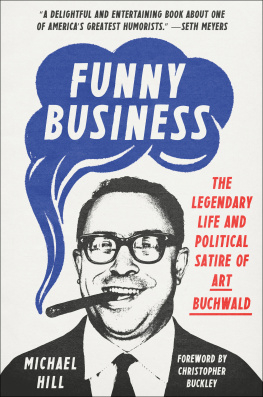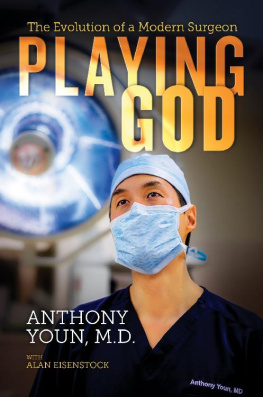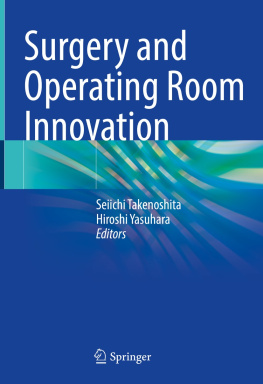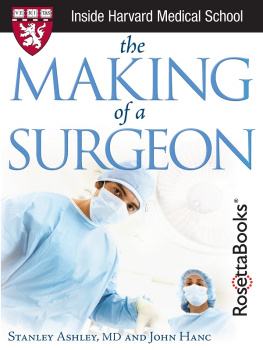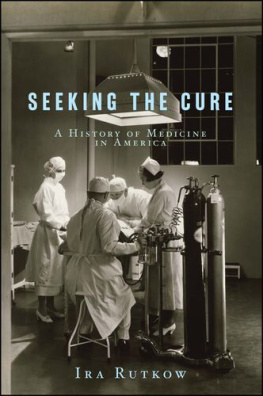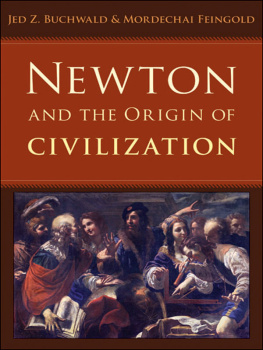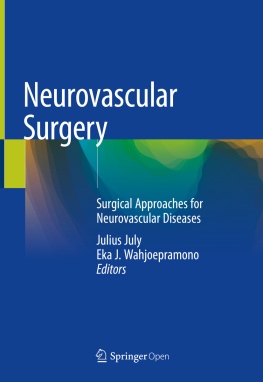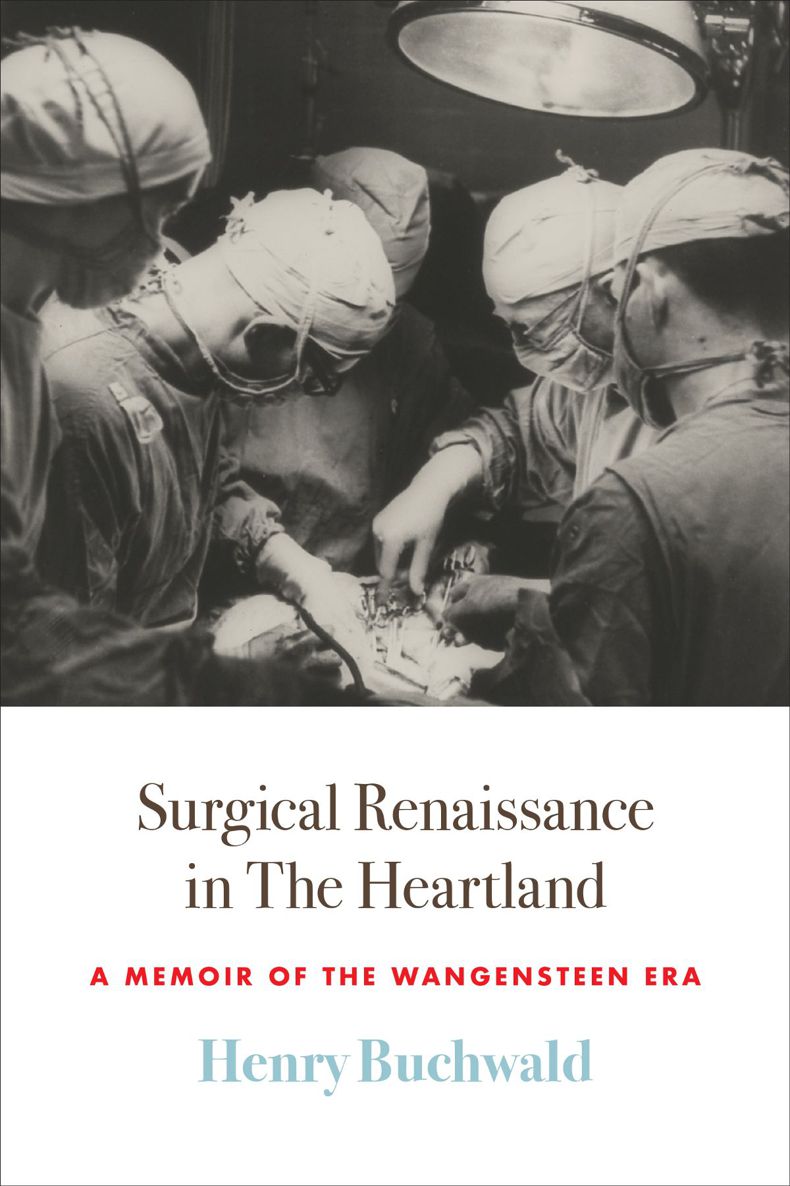
Surgical Renaissance in the Heartland
Also by Henry Buchwald
Metabolic Surgery
with Richard Varco
Surgical Management of Obesity
with George Cowan Jr. and Walter Pories
Pioneers in Gastroenterology
with Walford Gillison
Atlas of Metabolic and Bariatric Surgical Techniques and Procedures
Let Me Tell You a Story, Volumes I to III
Surgical Renaissance in the Heartland
A Memoir of the Wangensteen Era
Henry Buchwald

University of Minnesota Press
Minneapolis
London
All photographs appear courtesy of the author unless credited otherwise.
This is a work of nonfiction. No names have been altered and no scenes have been invented. In my recollection of events, places, and people, I have not knowingly misstated or misquoted. I used direct quotations for what I heard, and I paraphrased reliable witnesses when applicable in my best effort to be accurate.
Copyright 2020 by Henry Buchwald
All rights reserved. No part of this publication may be reproduced, stored in a retrieval system, or transmitted, in any form or by any means, electronic, mechanical, photocopying, recording, or otherwise, without the prior written permission of the publisher.
Published by the University of Minnesota Press
111 Third Avenue South, Suite 290
Minneapolis, MN 55401-2520
http://www.upress.umn.edu
The University of Minnesota is an equal-opportunity educator and employer.
Library of Congress Cataloging-in-Publication Data
Buchwald, Henry, author.
Surgical renaissance in the heartland : a memoir of the Wangensteen era / Henry Buchwald.
Identifiers: LCCN 2019027053 (ebook) | ISBN 978-1-4529-6348-8 (ebook)
Subjects: LCSH: Buchwald, Henry. | Wangensteen, Owen H. (Owen Harding), 18981981. | University of Minnesota. Department of SurgeryHistory20th century. | SurgeonsUnited StatesBiography.
Classification: LCC RD 27.35. B (ebook) | DDC 617.092 [B]dc23
LC record available at https://lccn.loc.gov/2019027053
I dedicate this book to the person who has made my life, Daisy Emilie, now my wife of sixty-five years. She gave me the inspiration for my career and supported me in my ambitions. Her love is unconditional, as is mine for her.
I dedicate this book to my childrenDana, Claire and Larry, Amy and Danny, and Jane and Tim, and to my grandchildrenCatherine, Alexander, Rose, Sarah, Eden, and Trevor, who inspire and encourage me.
To my many coworkers and friends, I say thank you for our years together.
And to my parents, who gave me life, saved me from death, provided me with sustenance, and watched over me with curiosity and approbation, an everlasting thank you.
Have I raised the next generation?
T HE T ALMUD , Tractate Shabbat
This is a personal memoir of a golden era in American surgery, of a department of surgery in a medical school in Minnesota, flyover land to many Easterners. These were years that forever changed medicine and the lives of millions.
Surgery was a limited discipline until the advent of anesthesia and antisepsis in the nineteenth century. From then until the mid-twentieth century, the domain of surgery expanded markedly to encompass massive resectional procedures, transplantation, and complex reparative surgery. This heady and universal growth of surgery in these disciplines, as well as operative innovations, often emanated from the University of Minnesota in the United States heartland. The foundations of surgery for bowel obstruction, obesity, open-heart procedures, heart transplantation, pancreas transplants for diabetes, intestinal bypass for elevated cholesterol levels, implantable infusion pump therapies, and other landmark procedures originated here. Owen H. Wangensteen, son of a Minnesota farmer, initiated this ferment of productivity. His protgsRichard Varco, the Lillehei brothers Walton and Richard, and many others who will long be remembered in the annals of medicinealso did not come from the Eastern establishment but were independent spirits from the Midwest and the West. Wangensteens creation of a singular residency training program designed to graduate academic surgeons dedicated to solving real-life problems through research served as a cauldron for thought, experiment, and implementation.
This book explores the roots, heritage, and traditions underlying the unique contributions of the University of Minnesota Department of Surgery to medicine and to the lives of those reading this volume. My own professional and personal life intersected with this history in the culminating years of the Minnesota dynasty and continued after the Wangensteen era through the later lives of the main actors in this real-life drama.
I tell this story from my perspective because I lived it. I knew the people. I know the events that took place. Others would tell this story differently, with different events, anecdotes, and insights into the lives of the surgeons of that epoch. For that reason, I have also written extensively of my life prior to arriving in Minnesota. My vision and reflections are those of an American born in Austria, a child of the Holocaust, a Midwesterner from the Eastimbued (or perhaps afflicted) with the outlook, sense of humor, and spirit of independence that often seem to accompany the surgical personality.
This retrospective of a particular past will, I hope, offer insights pertinent to the future.
Beginnings
The Practice of Medicine is an art, not a trade; a calling, not a business; a calling in which your heart will be exercised equally with your head.
W ILLIAM O SLER, Aequanimitas: The Master-word in Medicine, 1914
We drove to Minneapolis that first day in a mini-caravan, I in my recently acquired black, English Ford Popular with a right-hand drive, floor stick shift, a nonfunctioning heater, and a hand crank for those times when the starter would not work. I was followed by Daisy Emilie, my wife, in our blue Ford sedan. Both cars were packed with our personal possessions, with our sparse furniture to follow. In Daisys care, tucked into her car seat, rode our first child, Jane, age two.
Earlier that daySeptember 11, 1960I was honored, surprised, and astonished in that order; my mood was nostalgic. It was my last day as Chief Flight Surgeon, Strategic Air Command, U.S. Air Force, stationed at SAC headquarters, Offutt Air Force Base, outside of Bellevue, Nebraska, a small town near Omaha. It was also my first official day in the Department of Surgery of the Medical School of the University of Minnesota.
On the morning of our departure, I went to my office for the last time. My staff had already given me a farewell party, and I had previously packed the model SAC planes I had received as gifts. I came to sort personal papers and belongings and to leave a note of welcome for my replacement. After less than an hour, I was ready to depart. As I opened my office door, I saw my staff, in their dress blue uniforms rather than their usual white hospital attire, lined up along the corridor to my office. Sergeant West, the office NCOIC (Non-Commissioned Officer in Charge), barked, Attention, commanding officer relinquishing command. They all saluted. I worked my way down the line, shaking hands amid mutual words of good luck. This departure ceremony was not prescribed and I had not expected it. That event remains one of my fondest memories of my time in the Air Force as a flight surgeon.
Next page
